
Workwear 101: A Stress‑Free Starter Guide for First‑Day Fits
Starting a new job is nerve-wracking enough without stressing about what to wear on day one 😅 I remember standing in front of my closet at 6 AM, trying on outfit after outfit, wondering if I looked too casual, too formal, or just plain wrong. Here's the thing - nailing your first-day workwear doesn't have to be this complicated puzzle that keeps you up at night.
Let me walk you through everything you need to know about building a stress-free workwear wardrobe that'll have you feeling confident from the moment you step through those office doors. Btw, this isn't about following some rigid dress code rulebook - it's about finding clothes that make you feel like the absolute best version of yourself while still fitting into your new workplace culture.
Decoding Your Workplace Dress Code (Without the Mystery)
Ever notice how job postings mention "professional attire" or "business casual" like everyone just magically knows what that means? Yeah, me too. These terms are basically workplace hieroglyphics, and honestly, they vary so much between companies that it's almost useless.
Here's what I've learned works way better than guessing: do some detective work before your first day. Check out the company's social media, LinkedIn posts, or even their website's "about us" section. You'll often find photos of actual employees doing actual work, which gives you a much better sense of the real dress code than any HR manual ever could.
If you're still unsure, there's absolutely nothing wrong with calling HR and asking. Trust me, they'd rather answer a quick question than have you show up feeling uncomfortable or out of place. Something like "I want to make sure I dress appropriately for my first day - could you give me a sense of what most people wear?" works perfectly.
The Four Main Workwear Categories (Simplified)
Business Formal: Think suits, ties, blazers, and closed-toe shoes. This is your traditional corporate environment - law firms, banks, consulting companies. Everything should be tailored and polished.
Business Professional: A step down from formal but still polished. Blazers are common but ties aren't always required. Think button-down shirts, dress pants, professional dresses, and quality footwear.
Business Casual: The trickiest category because it varies wildly. Generally means no jeans (unless it's premium denim), no sneakers, but you can skip the blazer. Khakis, nice blouses, cardigans, loafers - that kind of vibe.
Casual: Jeans are usually okay, sneakers might fly, and comfort is prioritized. But "casual" at a tech startup looks different than "casual" at a creative agency, so again - do your research.
Building Your First-Day Outfit Formula
Okay, let's get practical. Instead of buying a whole new wardrobe (who has that budget anyway?), I'm gonna share the formula that's saved me countless morning meltdowns.
Start with what I call the "confidence foundation" - one really good pair of pants or a skirt that fits you perfectly and makes you feel amazing. This becomes your go-to bottom for at least the first week while you're figuring out the office vibe.
Then you need three tops that work with that bottom. Not five, not ten - just three. This gives you options without overwhelming your decision-making brain at 7 AM when you're already nervous about your new job.
The Universal First-Day Safe Bets
If you're completely lost and need to shop for something new, these pieces work in like 90% of office environments:
A well-fitted blazer in navy, black, or gray. Seriously, a good blazer can make jeans look professional and elevate any outfit instantly. It's like workwear magic.
A classic button-down shirt in white or light blue. Make sure it actually fits your body - not too tight, not swimming in fabric. The shoulder seams should hit at your actual shoulders, and you should be able to move your arms comfortably.
Dark wash jeans or dress pants in a neutral color. For jeans, stick to darker washes without holes or excessive fading. For dress pants, make sure they're the right length - you shouldn't be stepping on the hem or showing too much ankle.
Comfortable, professional shoes. This doesn't mean you need expensive designer pieces, but avoid anything too casual like flip-flops or athletic sneakers (unless you're in a very casual environment).
The Psychology of First Impressions (And Why It Matters)
Let's be real for a second - first impressions happen fast. Research shows people form judgments about competence and trustworthiness within milliseconds of meeting someone. I know, I know, it seems shallow, but it's just how our brains work.
Dr. Ann Demarais, a clinical psychologist who studies workplace dynamics, found that people who dress slightly more formally than their environment tend to be perceived as more competent and detail-oriented. But - and this is important - the key word is "slightly." Show up in a three-piece suit to a casual startup and you'll look out of touch.
The goal isn't to impress everyone or win a fashion contest. It's to remove clothing as a distraction so people can focus on your actual skills and personality. When you're dressed appropriately for your environment, your clothes become invisible in the best possible way.
Comfort Equals Confidence
Here's something I wish someone had told me earlier: if you're uncomfortable in your clothes, it shows. Tugging at a too-tight waistband, wobbling in shoes that don't fit, or constantly adjusting a shirt that gaps - all of these things broadcast discomfort and can undermine your confidence.
I learned this the hard way during a job interview where I wore a blazer that was slightly too small. I spent the entire conversation trying to keep it from pulling across my back, and I'm pretty sure the interviewer noticed. Needless to say, I didn't get that job.
Your first-day outfit should feel like a slightly elevated version of clothes you'd normally feel great wearing. If you never wear heels, don't start on your first day. If you hate how you look in certain colors, skip them even if they're "professional."
Practical Shopping Strategies (That Won't Break the Bank)
Nobody should have to spend a fortune looking professional. I've built entire work wardrobes on a tight budget, and tbh, some of my favorite pieces came from unexpected places.
Thrift stores and consignment shops are goldmines for quality blazers, dress pants, and button-down shirts. The key is knowing what to look for - check the fabric content (natural fibers like cotton and wool tend to look more expensive), examine the construction (straight seams, quality buttons), and always try things on.
Discount retailers like Target, H&M, and Uniqlo have surprisingly good workwear basics. Their pieces might not last forever, but they'll get you through those crucial first few months while you figure out your workplace's actual dress code and save up for higher-quality pieces.
The Investment vs. Budget Balance
If you can only invest in one expensive piece, make it a really good blazer. A well-made blazer can last years and instantly makes everything else look more polished. I still have a blazer I bought for my first "real" job eight years ago, and it's been worth every penny.
For everything else, start with budget-friendly options and upgrade gradually. There's no shame in wearing affordable clothes - it's all about fit and how you put things together.
Also, don't forget about alterations. A $30 shirt that's been tailored to fit you perfectly will look way better than a $100 shirt that's the wrong size. Most dry cleaners offer basic alterations, and the cost is usually totally worth it.
Common First-Day Fashion Mistakes (And How to Avoid Them)
I've made pretty much every workwear mistake in the book, so let me save you some embarrassment. The biggest mistake? Trying to completely reinvent your style overnight. Your first day isn't the time to experiment with bold new looks or trends you've never tried before.
Another big one is ignoring the practical stuff. That gorgeous dress might look amazing, but if you're constantly pulling it down or worrying about it riding up, you'll be distracted all day. Same goes for shoes that look great but hurt after an hour of walking.
Weather is another thing people forget about. Check the forecast and have a backup plan. Nothing ruins a first-day outfit like getting soaked in an unexpected downpour or shivering through meetings because you didn't bring a sweater.
The Overdressing vs. Underdressing Dilemma
When in doubt, it's usually better to be slightly overdressed than underdressed. You can always remove a blazer or roll up sleeves, but you can't magically make casual clothes look more formal.
That said, showing up in a full suit to a casual office can make you look out of touch or like you don't understand the company culture. This is why that pre-first-day research is so important.
If you're really unsure, aim for the middle ground. A nice pair of pants or skirt with a button-down shirt works in most environments. You can always add a blazer if you feel underdressed or remove it if everyone else is more casual.
Beyond the First Day: Building a Sustainable Work Wardrobe
Your first day is just the beginning. Once you're settled in and have a better sense of the office culture, you can start building a more complete work wardrobe that reflects your personal style while still being appropriate.
Pay attention to what your colleagues wear, especially people in similar roles or at the level you want to reach. You don't need to copy their exact style, but it gives you a sense of what's acceptable and what might help you fit in or stand out in positive ways.
Start building a capsule wardrobe where everything mixes and matches. This makes getting dressed so much easier and ensures you always look put-together, even when you're rushing.
Expressing Personality Within Professional Boundaries
Once you've got the basics down, you can start incorporating elements that reflect your personality. Maybe it's interesting jewelry, colorful scarves, unique shoes, or fun socks that no one sees but make you smile.
The key is adding these personal touches gradually and paying attention to how they're received. Some workplaces are more conservative, others encourage individual expression. You'll figure out where your office falls on that spectrum pretty quickly.
Remember, your goal is to be remembered for your work and ideas, not your outfit choices. Personal style should enhance your professional presence, not overshadow it.
Frequently Asked Questions About First-Day Workwear
What if I can't afford new work clothes right now? Work with what you have and focus on fit and cleanliness. A well-fitted t-shirt and clean jeans can look surprisingly professional with the right accessories. Borrow from friends if possible, or check if your local community has professional clothing donation programs.
Should I wear makeup or style my hair differently for work? Only if you want to and it makes you feel confident. There's no requirement to wear makeup or have a specific hairstyle for most jobs. The most important thing is that you look clean and well-groomed in whatever way feels authentic to you.
What about visible tattoos or piercings? This really depends on your industry and specific workplace. If you're unsure, it's okay to ask during the hiring process or cover them initially until you get a sense of the office culture. Many workplaces are becoming more accepting, but some industries are still conservative.
How many outfits do I need for my first week? Aim for at least three different combinations so you're not wearing the exact same thing every day. You can repeat pieces - like wearing the same pants with different tops - just mix it up a bit.
What if I realize I'm dressed wrong on my first day? Don't panic! Everyone's been there. Just make a mental note for next time and focus on doing great work. Most people are understanding about first-day outfit miscalculations, and it's usually not as noticeable as you think.
Final Thoughts
Look, I get it - figuring out work clothes can feel overwhelming, especially when you're already dealing with new job nerves. But here's what I want you to remember: you got hired because of your skills and qualifications, not because of your wardrobe. Your clothes are just the wrapping paper - you're the actual gift 🎁
The most important thing is that you feel comfortable and confident in whatever you choose to wear. When you feel good in your clothes, it shows in your posture, your handshake, and your overall presence. And tbh, that confidence is way more important than having the "perfect" outfit.
Start simple, pay attention to your new environment, and adjust as you go. Before you know it, getting dressed for work will become second nature, and you'll wonder why you ever stressed about it in the first place. You've got this! 💪
.png)
.jpg)

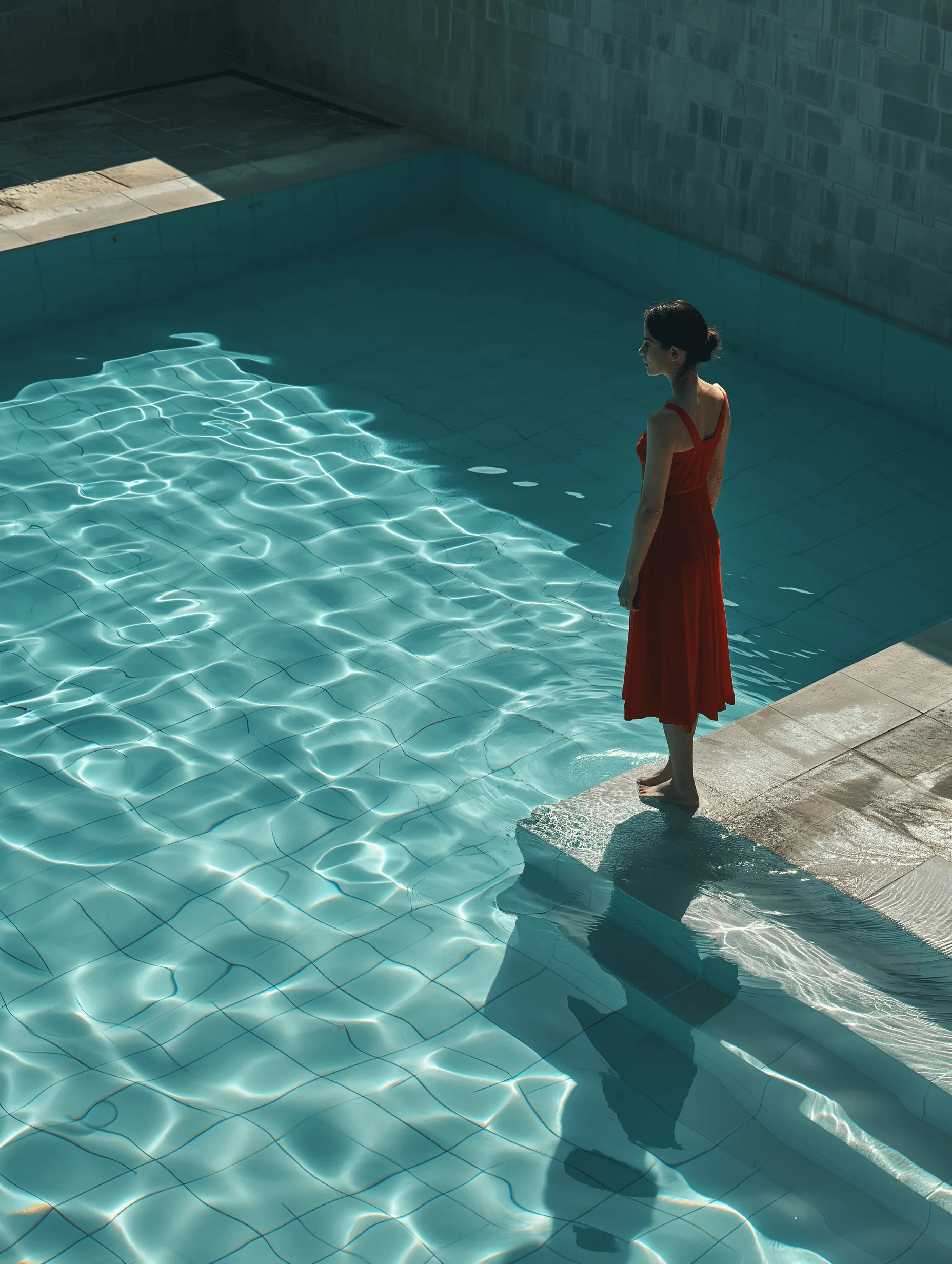


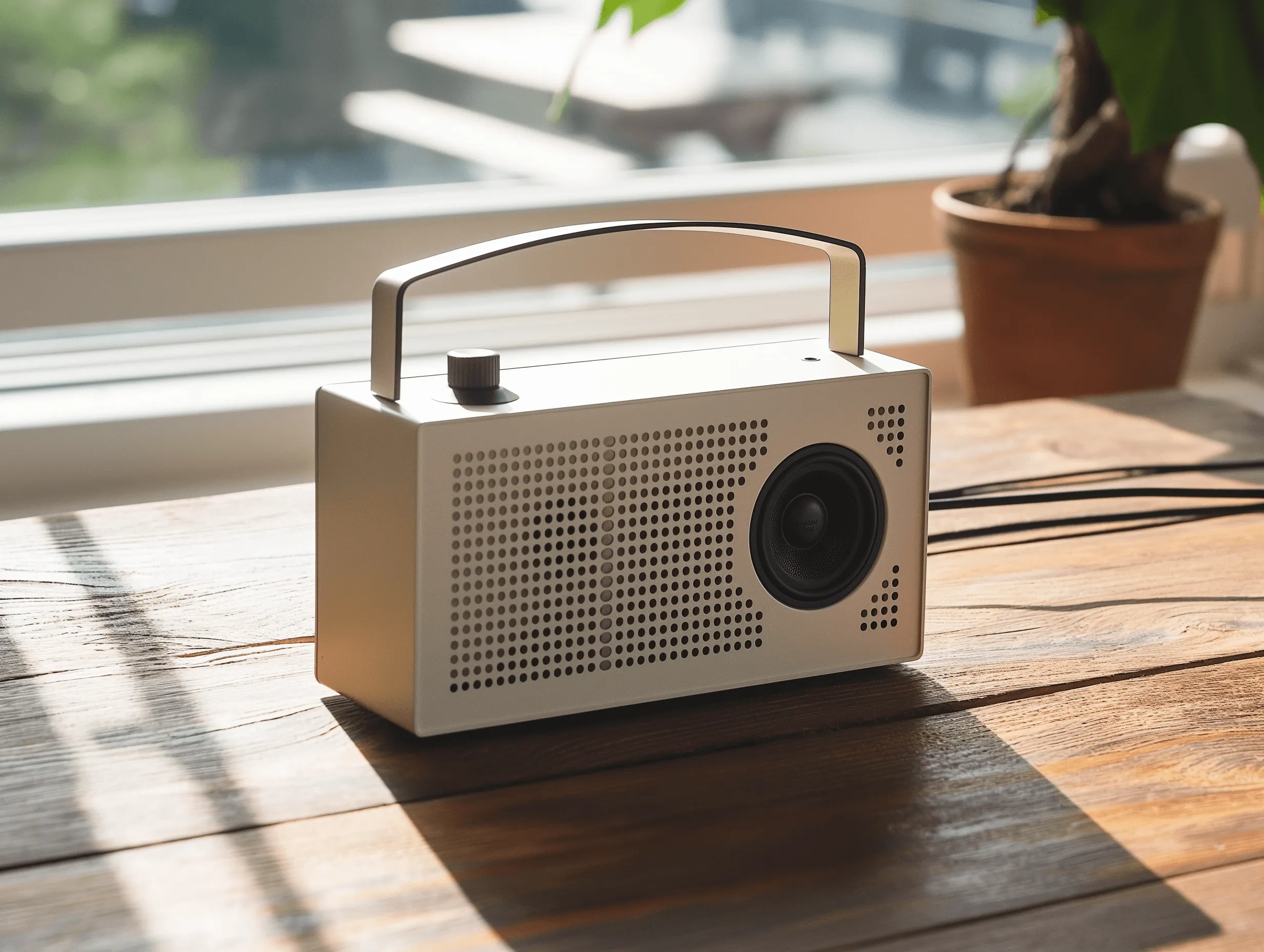
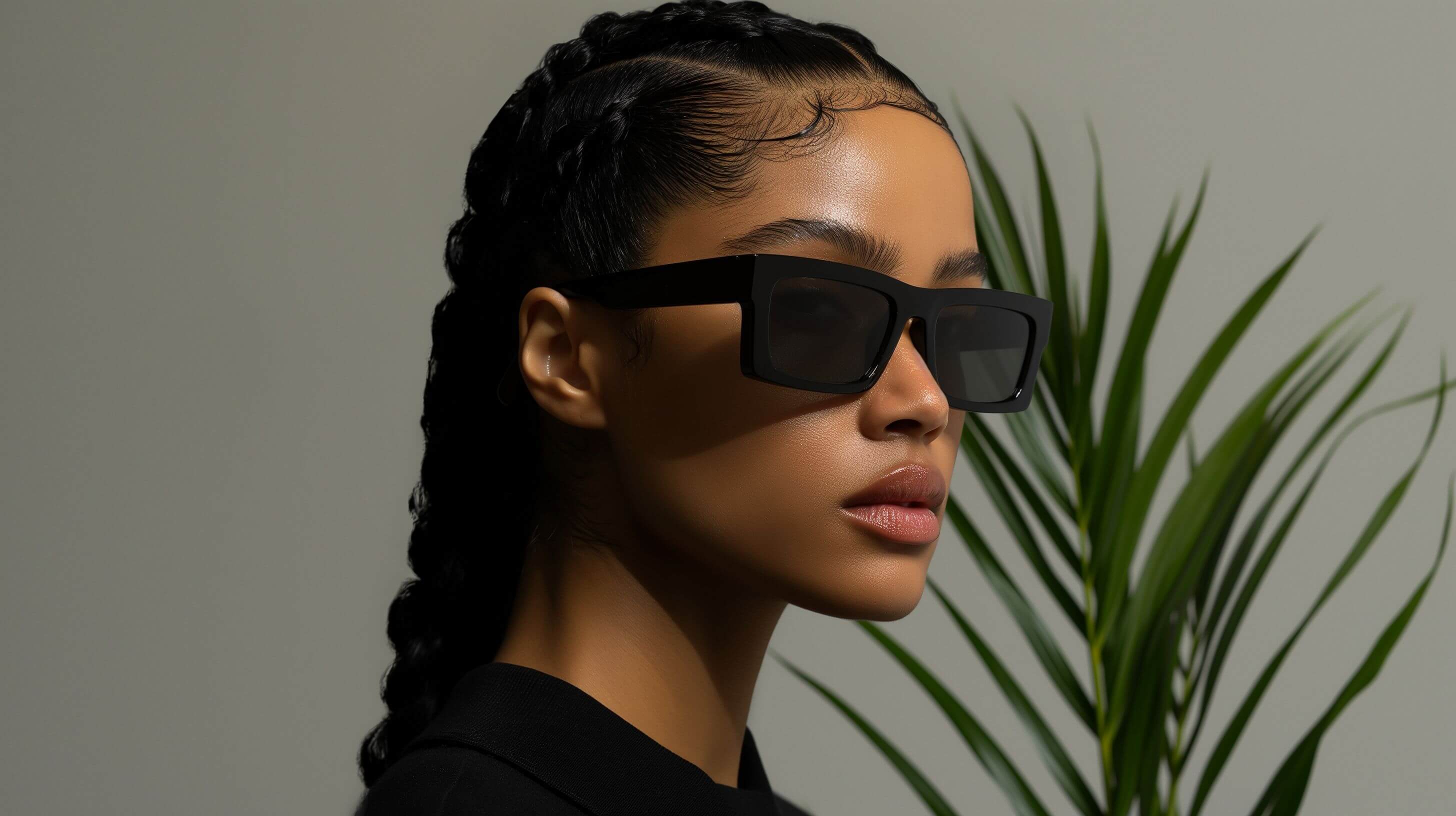
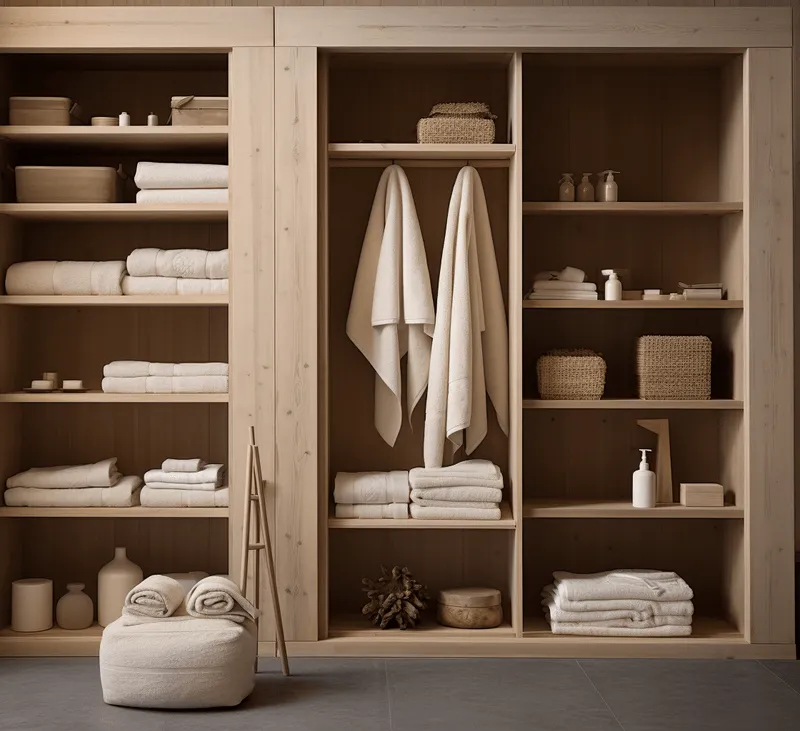
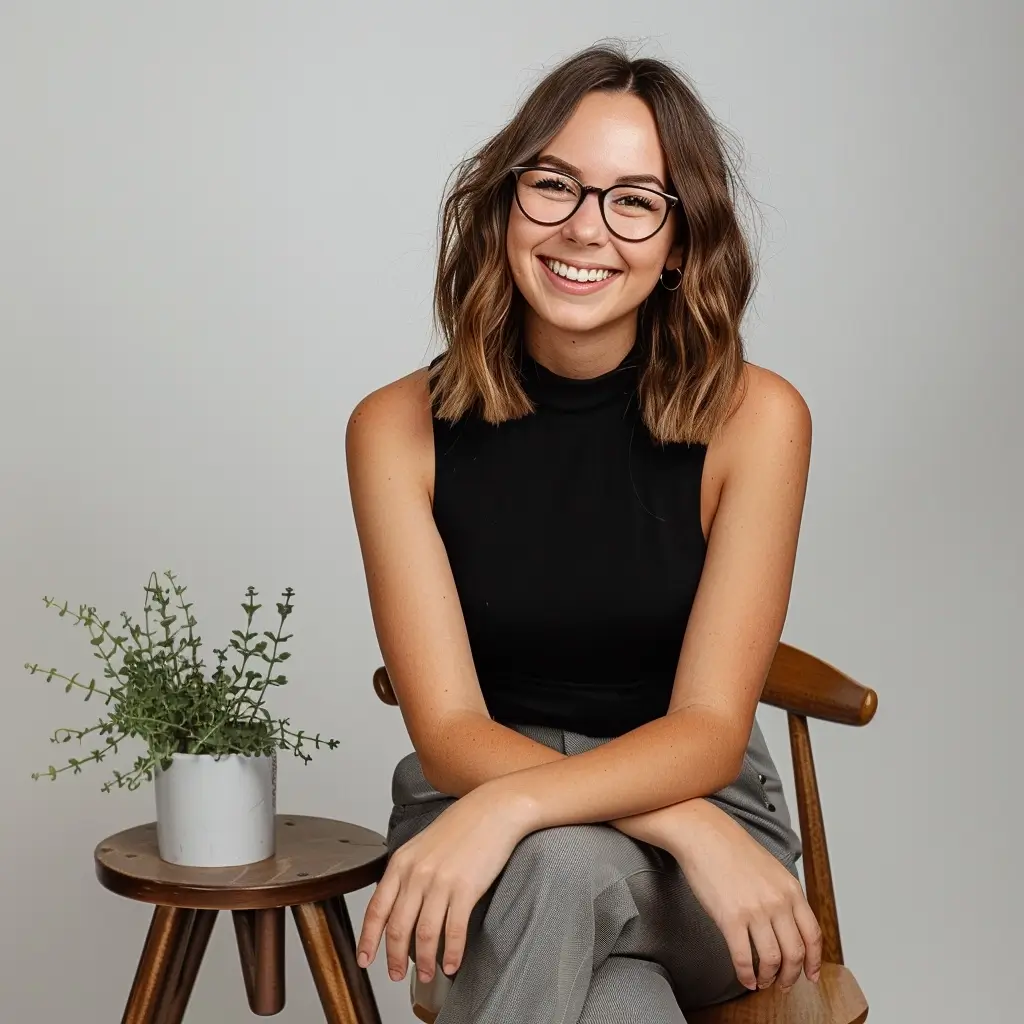



Comments: